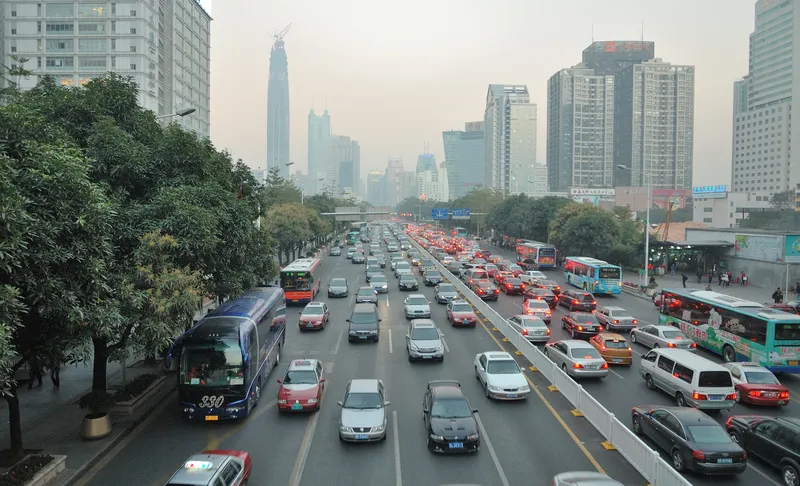ITS America, along with automakers and intelligent transportation organisations, has filed comments with the US Federal Communications Commission (FCC), urging the FCC to focus on safety first when considering changing the rules of the 5.9 GHz Safety Spectrum band.
The 5.9 GHz Safety Spectrum was allocated by the FCC in 1999 for the purpose of intelligent transportation systems (ITS) designed to bring safety benefits for consumers. The FCC is considering a proposal to reconfigure the 5.9 GHz band that w
July 11, 2016
Read time: 2 mins
The 5.9 GHz Safety Spectrum was allocated by the FCC in 1999 for the purpose of intelligent transportation systems (ITS) designed to bring safety benefits for consumers. The FCC is considering a proposal to reconfigure the 5.9 GHz band that would sweep away decades of research and development and delay lifesaving benefits.
ITS America called on the FCC to “proceed cautiously to avoid the unintended regulatory consequences of setting back what has become a substantial effort to advance transportation safety, sustainability and mobility."
Vehicle to vehicle (V2V) communication technology using Dedicated Short Range Communications (DSRC) operates within the 5.9 GHz Safety Spectrum to help avoid crashes and reduce fatalities. This connected car technology has been extensively tested by the
V2V communication technology is also an important building block toward automated vehicles. The auto industry supports the efficient use of spectrum and rigorous testing to determine whether the 5.9 GHz band can be safely shared with other unlicensed users.
According to Regina Hopper, president and CEO of ITS America, intelligent transportation systems are transforming safety and creating a more sustainable, integrated mobility transportation environment. “Substantial research and critical testing has been conducted in reliance on the 5.9 GHz band which proves that time-critical communications of these safety systems must be able to operate without delay or interference," she said.
Global Automakers president and CEO John Bozzella said that decisions over sharing the Safety Spectrum should be driven first and foremost by public safety. He claimed that V2V technology has the potential to prevent over 1,000 deaths a year, while








